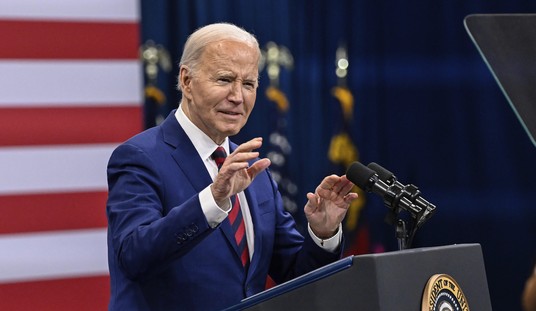In 2009, I wrote a novel about a third party being created by a sitting middle of the road U.S. Senator. From Three to Five ultimately provides a vision of how a Congress of Democrats and Republicans would handle the selection of a resident and a vice president without an electoral winner in the general election. The story ultimately revolves around four facts: an unpopular Democrat, an unpopular Republican, a moderate third party candidate and a Constitution that provides that the House of Representatives must select from the top three vote getters for president and the U.S. Senate must select from the two top vote getters for vice president. (The methodology required in the House of Representatives and its resulting political complexity is fascinating.)
With the regular presidential election, a candidate must obtain half of the electoral votes necessary to become the president of the United States, or the process falls to Congress. The inherent problems of getting on the ballot throughout the United States as a third party candidate are monumental. But, one does begin to wonder whether a third party candidate could indeed capture a sufficient number of electoral votes to throw a presidential election into Congress by developing a regional strategy.
What if John Kasich ran only in Ohio and won in Ohio? In both 2000 and 2004, a third party candidate winning in Ohio would have been sufficient to preclude the Electoral College from selecting a president or Vice President. What if John Kasich ran only in Ohio and Pennsylvania? What if Jeb Bush ran only in Florida and Texas?
The latest Gallup poll indicates that a grand total of only 55% of Americans now identify themselves as Democrats (29%) or Republicans (26%). This gives pause to the possibility that there is a "silent majority" in the middle. It is difficult to conclude that very much of the remaining 45% rests to either the left of the Democratic Party or the right of the Republican Party. Regardless, it does not take a great mathematician to calculate that a Hillary Clinton or Bernie Sanders with roughly fifty percent of the likely Democratic voters represents less than 15% of the voting population and a Donald Trump represents less than 12% of the voting population.
Is it a preposterous analysis to suggest that Governor Kasich currently running third in the Republican primary in Ohio could run first in a general election in November? Governor Kasich is not nearly conservative enough to garner the Republican nomination either in Ohio or nationally. But is it possible that that forty percent of general election Ohio voters would thumb their noses at the two major parties should the major parties select from among the current leaders: Clinton, Sanders, or Trump? Ibid for Jeb Bush in Florida and maybe there is a regional Democratic candidate who could dent the electoral college - Governor Brown in California comes to mind. And of course, Mayor Bloomberg could campaign as a national or regional candidate and has been an independent for the better part of a decade.
Recommended
The regional election game has not been played for over one hundred years, but it has been done before. Could a Kasich victory strictly in Ohio and perhaps Pennsylvania result in no other candidate getting 270 electoral votes. Ibid for California and Governor Brown. Two very popular governors.
A candidate running in a single state or two states would have an incredible financial edge. As Mr. Trump has demeaned virtually every Republican office holder or Republican candidate, he insures that his campaign will be self funded. That frees up literally hundreds of millions of dollars that would normally go to the Republican presidential candidate's campaign. How would Mr. Trump, Mrs. Clinton or Senator Sanders be able to effectively fund and perform on a national basis and simultaneously compete with an incredibly well funded strictly regional candidate? And that regional candidate would seemingly be able to visit with every voter in his or her state over a period of six months.
The same financial formula applies to the Democratic nominee. This would be particularly true if Bernie Sanders would ultimately become the Democratic nominee as outside of Hollywood, Senator Sanders would find little support from large donors.
The Constitution provides very specific rules if the Electoral College does not elect a president and vice president. The U.S Senate would determine a Vice President quickly, since that chamber chooses between the top two vote-getters and no regional vice presidential candidate would have even a remote chance at being one of the top two. The House of Representatives chooses the President from the three top vote getters as determined by the Electoral College. Until the House of Representatives selects a President, the Vice President is the Acting President. The House has specific and unusual rules for its selection process and no timeframe for the conclusion of their selection process. It is far from impossible that the House of Representatives could never agree on a President, and the Vice President as Acting President could be in that role until the next presidential election in 2020. Again, given the arcane rules in the Constitution, that is not a completely remote possibility. Equally not remote would be the selection of the regional candidate as President of the United States by the House of Representatives.


